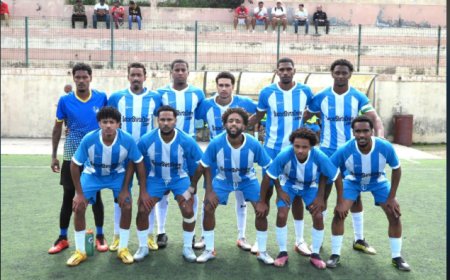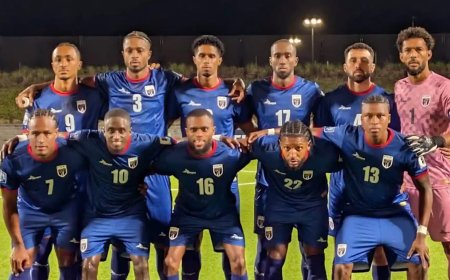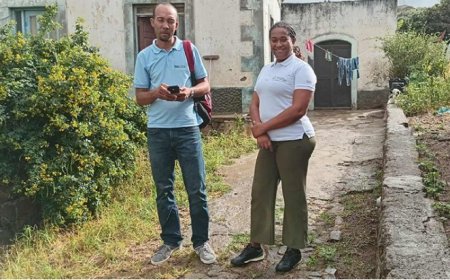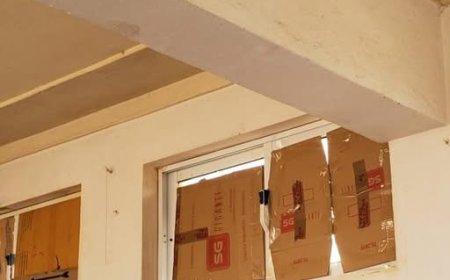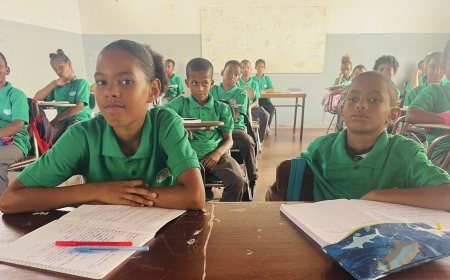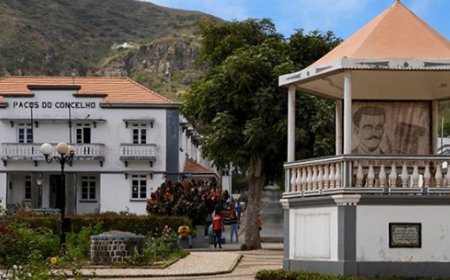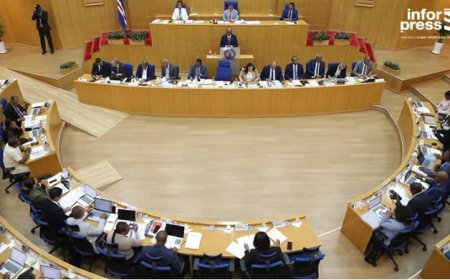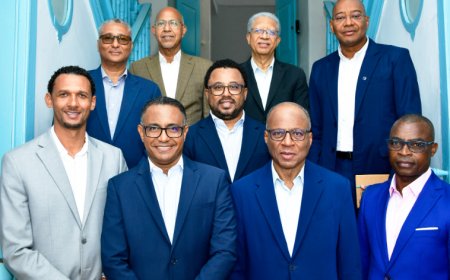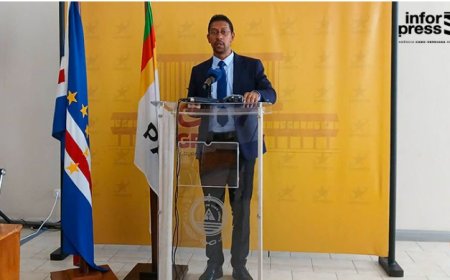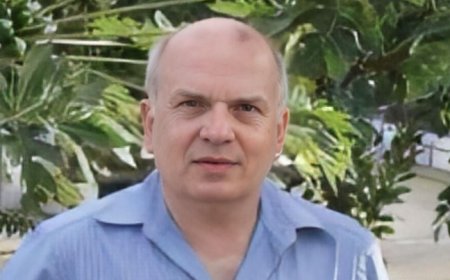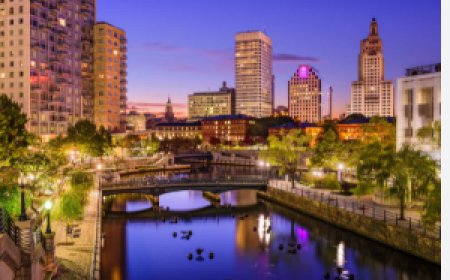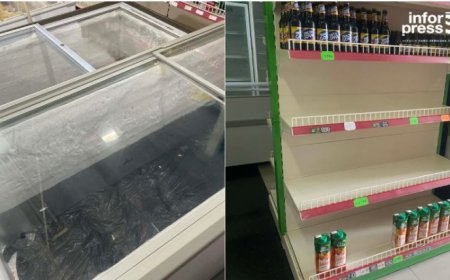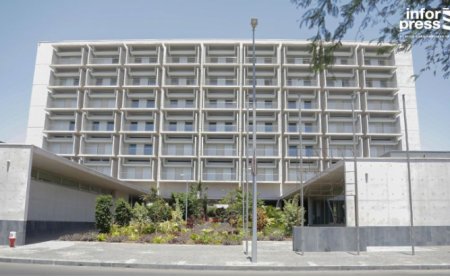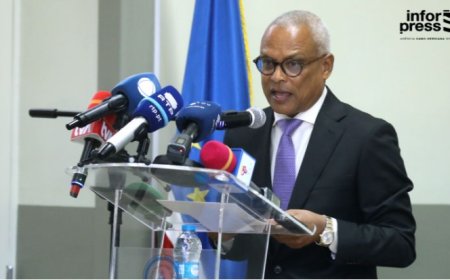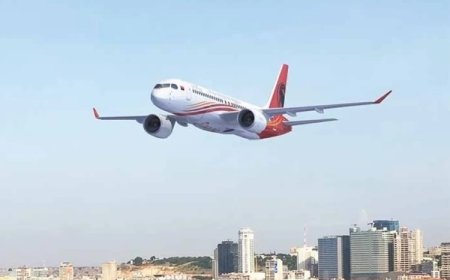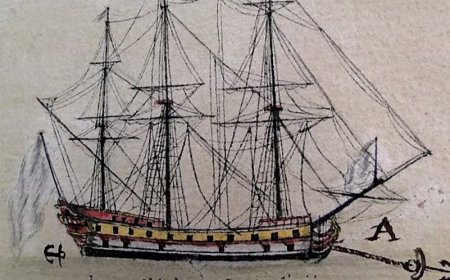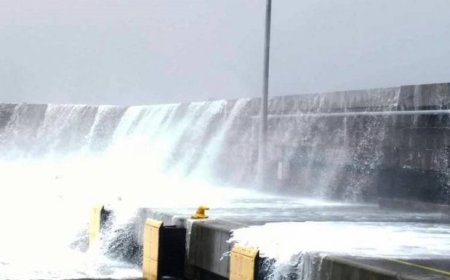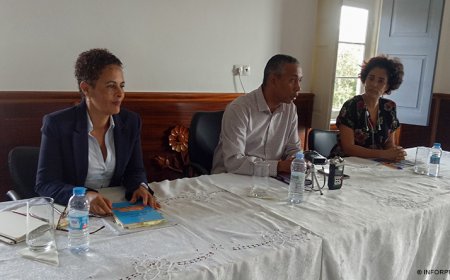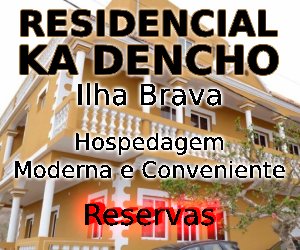Futuro de Turismo em Cabo Verde - Risa Ramos - Parte II
Futuro de Turismo em Cabo Verde - Risa Ramos - Parte II - Continuacao
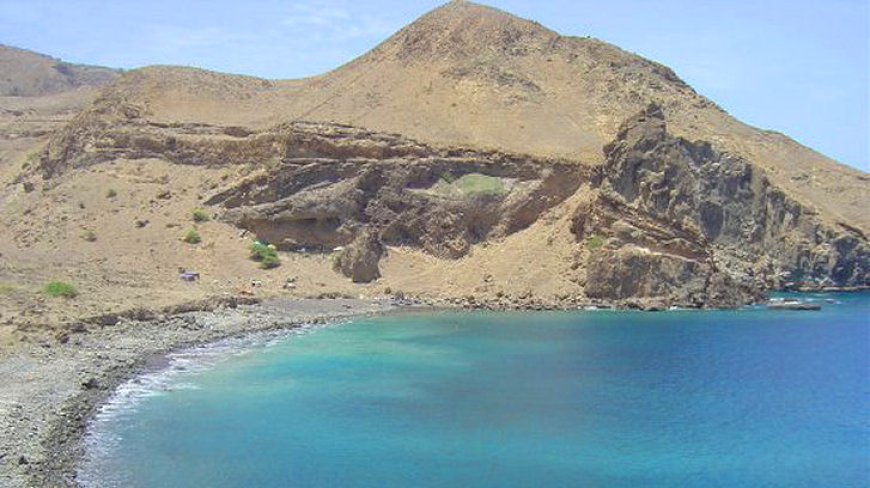
Burden of Solid Waste
|
|
Overpopulation during the festivals generates incredible amounts of solid waste. Garbage left by tourists and traders results in garbage on the streets and in the ocean. The festivals began as a way to generates tourism using the cultural resource but without sustainable planning it caused more negative impact than positive. Thecrowd generated by the large number of tents and people in one place createslarge amounts of solid waste produced by tourists and traders, like cans, bottles, paper, popsicle sticks, glass, aluminum plastic bags, and material used for burning fireworks. That garbage ends up polluting the land and ocean. Most of the famous festivals that gather crowds develop near the ocean on the beaches.These activities are responsible for the ocean pollution,contributing to an enlargement of five-great garbage patches that exist in the ocean(Gamblin, 2016).
Tourism Activity Generates Pollution
Besides facingoverpopulation that generates the stain on water supply and soil degradation, and the increasing tourist growth promoted by the government, Cabo Verde has been threatenedby theproblem of environmental pollution from tourist activities.There are 10 islands and 22 municipalities that develop activities such as festivals and carnavalscausingpollution in form of increased solid and water waste that contaminatesthe land and seas due to increased garbage and untreated sewage. Also, there is an increasingdemand for electricity based on nonrenewable natural resources.
|
|
Noisesmade by the crowds and the bands during the festivals and carnavals exceed the volume allowed, generating noise pollution to both residents and local fauna. Since tourism started to develop, the number of animal specieson the islands has beendecreasing. The increased presence of human activities causes some species to decline because they are more intolerant of human presence.The noise is also a huge problem to the residents. Most festivals are three days long, triggering many health and psychological problems as a result of the challenges faced mobility.
Overpopulation and pollution contribute to excess solid waste. The garbage, solid and water waste on land left by tourists and traders results in a lot of garbage on streets and beaches. This causes degradation of Cabo Verde’sfragile ecosystems, followed by loss of vegetation, soil cover, and acceleration of erosion with enormous impact on agriculture and loss of biodiversity by escape of native fauna.
Tourism and Energy Consumption
Tourism activities increase consumption of natural resources, especially energy. The energy consumption has increased in CaboVerde due to increased tourism activity.From2000 to 2009 the energy consumption was steady at 0.04 billion of Kwh of electricity due to a small tourist economy(Hanley, 2016).The energy consumption started increasing after 2010 when the government redirected the economy towards tourismindustries.In 2014,Cabo Verde consumed0.27 billion Kwh of electricity(Hanley, 2016). For all activities, people need energy resources that are nonrenewable and Cabo Verde is very poor in natural resources, such as fuel. By increasing energy consumption, air pollution increases due to automobiles, industrial carbon emissions and water pollution from oil spills from commercial and recreational boat engines. Crude oil spilled in large quantities pollutes the waters and has negative environmental impacts on the aquatic ecosystem and on fisheries activities (Gamblin, 2016).
Tourism and Infrastructure
|
|
To develop tourism, the country has created infrastructures that have environmental impacts. According to Ferreira (2008) and Cruz (2001), with the great increase of the tourist industry, there was a need to increase and install tourism infrastructure such as lodging, restaurants, ports, airports,roads, drainage systems, landfills, and sanitation to support the business. This implemented infrastructure caused negative impacts to the environment resulting from disorganized and poorly planned projects that were inadequateand greatly affected the local environment. For example a couple of months ago,the Cape Verdean government sold an islet called Santa Maria to the Chinese billionaire David Chow. He has begun building a five star resort and casino. The islet was a natural reserve and rich in biodiversity, a sanctuary for rare seabirds and turtles. These resources are now gone and once lush islet is covers with a no sustainable resort(Almond, 2017).
|
|
Infrastructure and tourism should act by promoting connections between man and nature. Infrastructure is an important component for tourism, but its close relationship with tourism projects and the quality of the environment means that the negative environmental impacts of these developments cause degradation to the environment. This is a worldwide problem not only Cabo Verde, Caribbean’s island, developing countries or Cape Cod problem. Thus, the main negative impacts of tourism projects, contamination of the ocean, dumping sewage, domestic and industrial waste, affect Cabo Verde.
